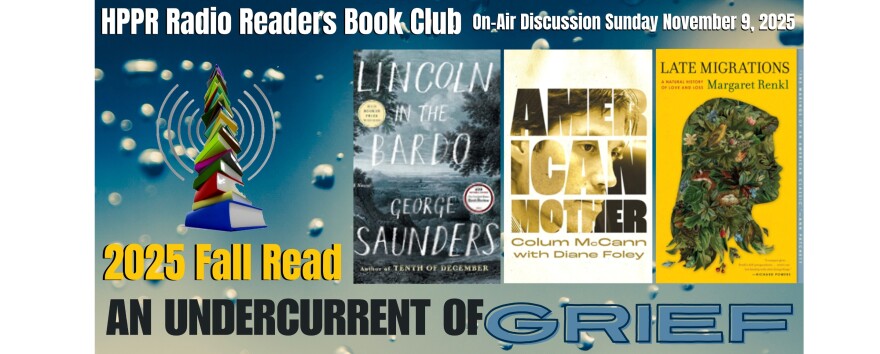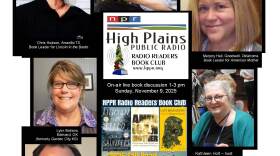Hello. My name is Cheryl Berzanskis and I’m from Amarillo. It’s summertime, y’all, and the season for a no-excuses visit to the great outdoors. For my summer selection, I read The Lost Art of Reading Nature’s Signs: Use Outdoor Clues to Find Your Way, Predict the Weather, Locate Water, Track Animals — and Other Forgotten Skills by Tristan Gooley.
The 402- page book was published in 2015 in the U.S. by The Experiment. Gooley, also known as the Natural Navigator, has written seven books about reading the signs of Nature. He is a U.K.-based author, speaker, trainer and adventurer on land, sea and air.
This book, for U.S. audiences, is about reading Nature’s unwritten guidebook which allows the world to be open to each of us whether we deem ourselves outdoorsy or not.
I found it hard to pick a place to start telling you about this book because it is fat with facts, but I settled on this: We all know the adage, “Red sky at night, sailors delight. Red sky at morning, sailors take warning.” You probably learned it as a child as one of your first lessons in meteorology. Here we know two true things. First, our weather typically arrives from the west. Second, if the western sky is red in the evening, we know the sky is clear in the direction from which our weather arrives. If the sky is dramatically red, the clue tells us dust is held aloft by a high-pressure system signaling days of fair weather.
Conversely, if we see a red sky upon awakening, we can deduce the high pressure weather system has moved east and we may be in for rain and wind.
While this phenomenon can be explained with a discussion about the way light disperses in the dust over us, in years past people saw the colored sky, experienced the next day or so’s weather and put two and two together. Voila! Sailors had a quick handle on how to prepare for their voyages.
All of Gooley’s 850 clues to reading the natural world don’t apply to me on the High Plains. There is one explaining how the aroma of cinnamon on Borneo improves with elevation. But still … did you know that?
“Everything in Nature is a clue and sign to something,” Gooley said in a 2019 Ted Talk,
“And this adds a level of beauty to what we see.”
Gooley’s approach to the subject of Nature is unique in that he doesn’t approach it as a survival skill for scary times but as a means to understand the world around us. He finds wonderment in the order of the natural world and compares that to the beauty we see and enjoy in art. We can live without either when we’re just trying to make it through the day, he said, but both bring joy to our lives.
The idea that I can be literate in the natural world — and I am an inveterate reader of the written word — is a great encouragement to anyone who can pick up a written-word book and go outside. None of us are likely to join Gooley on his overland treks or oceanic adventures, but any one of us can walk outdoors and look for what can be seen and taught without a word.
I have to be outside. Some days don’t lend themselves to walks or hikes because I avoid slick streets or trails, lightning and dangerous heat. But otherwise, to be indoors is to be trapped, jailed by meteorological circumstance and the dread of physical discomfort.
As author Edward Abbey reminded us, “Wilderness is not a luxury but necessity of the human spirit.”
For the summer Radio Readers Book Club on High Plains Public Radio, this has been Cheryl Berzanskis.

A profile in a publication of the Panhandle Chapter of the Texas Master Naturalist, Cheryl Berzanskis introduced herself as having been a Mater Naturalist since 2016. She grew up in Georgia, but moved to Texas in 1981. Cheryl explains that she came to love “the macro beauty of the plains and the secrets of the canyons.” Having spent a lot of time in Palo Duro Canyon, Berzanskis became a leader of student hikes, citing the fact that the work brings joy and meaning to her life. She is a regular contributor of Radio Readers BookBytes.










